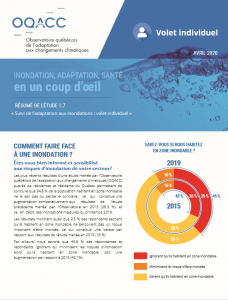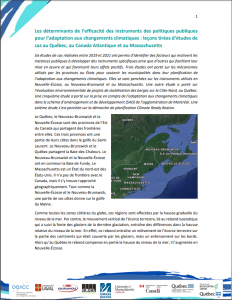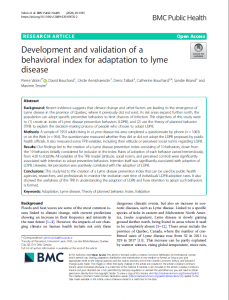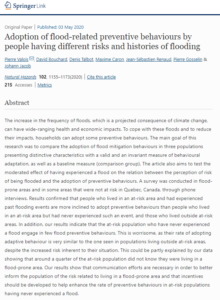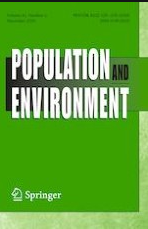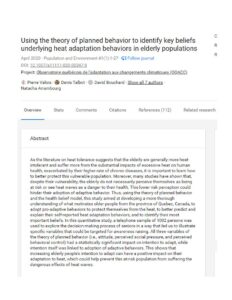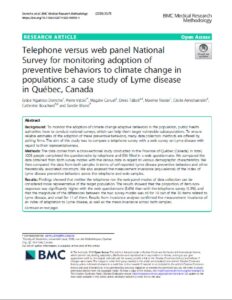L’allergie au pollen, communément appelée « rhume des foins », est une réaction du système immunitaire qui se produit après une exposition à une substance normalement inoffensive, telle que le pollen. De l’histamine est alors sécrétée par certaines cellules du système immunitaire, soit les mastocytes, ce qui déclenche une inflammation permettant au corps de se protéger de substances potentiellement dangereuses. Les symptômes de cette réponse du système immunitaire incluent de la congestion et de l’écoulement nasal, des éternuements et de l’irritation aux yeux.
Cet article vise principalement à présenter les résultats d’une étude réalisée en 2019 par l’Observatoire québécois de l’adaptation aux changements climatiques. L’enquête a été menée dans l’ensemble des régions du Québec auprès de 1 659 personnes âgées de 18 ans ou plus et ayant déclaré avoir des allergies au pollen. Le but de l’étude est de documenter les comportements adoptés par ces personnes pour diminuer leurs symptômes d’allergies.
-
Pollen

